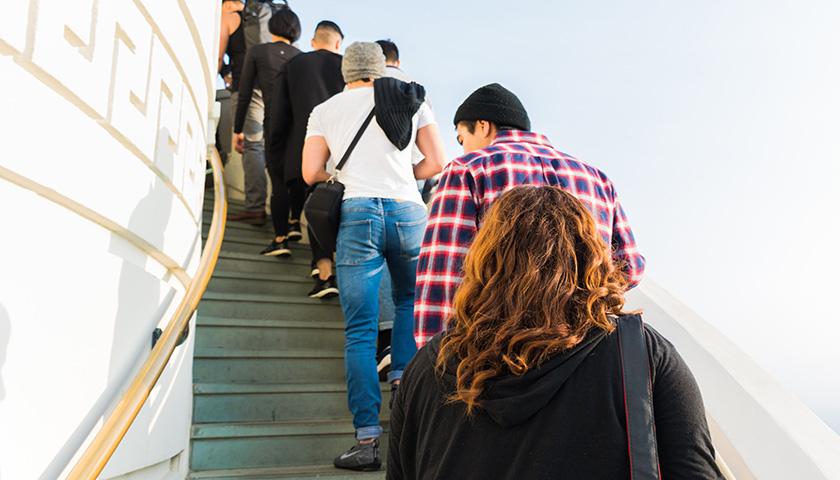MEMPHIS, Tennessee (AP) — Tennessee’s jobless rate in May fell in comparison with a record increase the month before, as more than 300,000 people continued to receive unemployment payouts during the new coronavirus outbreak, state officials said Thursday.
The Tennessee Department of Labor & Workforce Development reported Thursday that the preliminary seasonally adjusted unemployment rate for May was 11.3%. That’s a drop of 4.2 percentage points from April, when Tennessee reached its highest monthly unemployment rate ever, at 15.5%.
The state’s highest seasonally adjusted rate had been 12.9%, which occurred in December 1982 and January 1983, the department said.
Unemployment has skyrocketed since March, when Gov. Bill Lee and city and county officials began managing public safety concerns raised by the pandemic by closing or limiting access to businesses, a move that has led to more than 600,000 new jobless claims.
More than 19,900 jobless Tennessee residents filed new claims for unemployment benefits during the week that ended Saturday. More than $290 million in unemployment benefits was paid out last week to more than 300,000 people. The entire total came in the form of federal funds distributed under the federal CARES Act, the emergency assistance package created to deal with financial effects from the virus response.
Tennessee usually depends on a trust fund to pay state unemployment benefits. But the state is using the federal Coronavirus Relief Fund money for payments through June to prevent the fund from falling below $1 billion, state labor department spokesman Chris Cannon has said.
A tax increase starts for employers if the fund sinks below $1 billion.
As of Thursday, Tennessee had reported nearly 32,600 confirmed cases and 509 deaths.
Department of Health Commissioner Lisa Piercey told reporters that case numbers have gone up over the past few weeks as the state has reopened, but maintained that her agency was not alarmed by the trend.
“These numbers have been largely concentrated in metro areas and that makes sense because of population density. But we’re also seeing increases, sometimes daily digit increases, in rural ares and areas where tourists often visit,” she said.
Piercey stressed that only 4% of the total hospitalizations in Tennessee were COVID-19 related.
– – –
Adrian Sainz reports for the Associated Press. Kimberlee Kruesi in Nashville, Tennessee contributed to this report.





